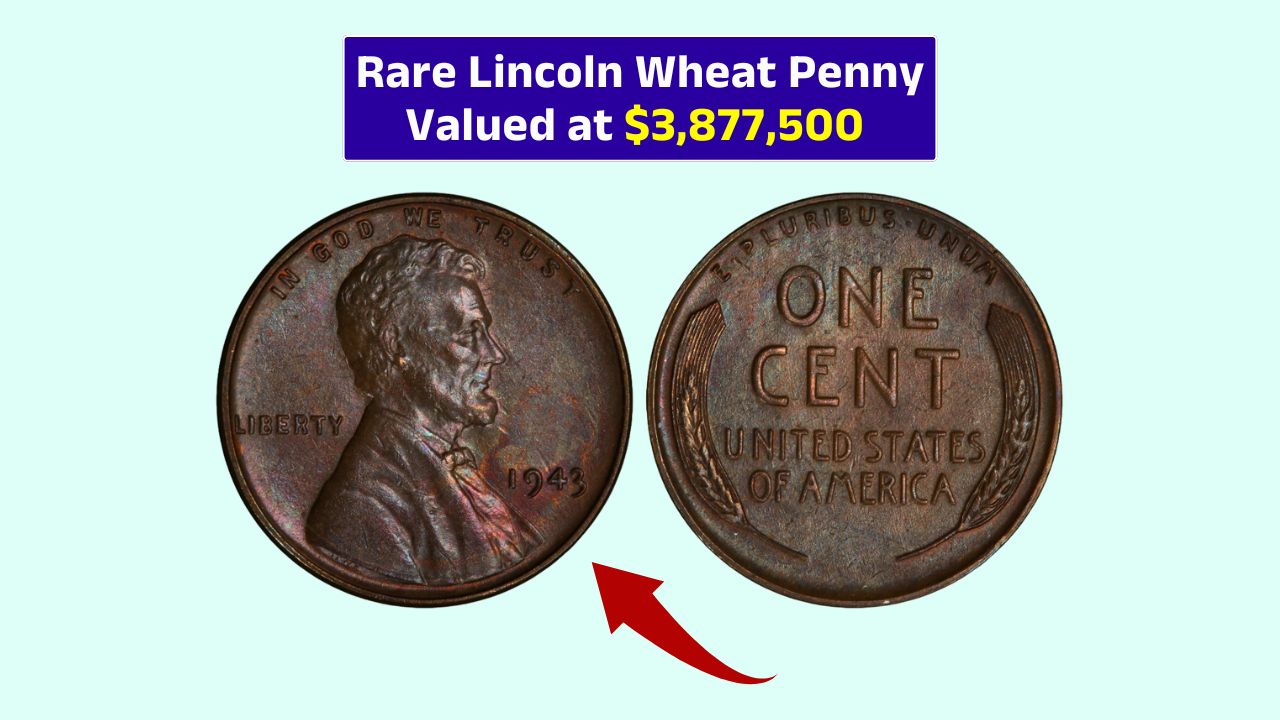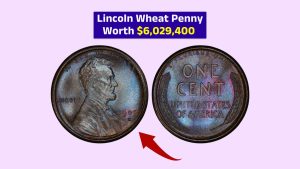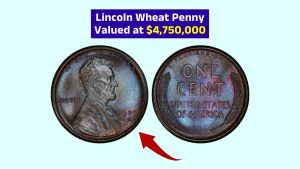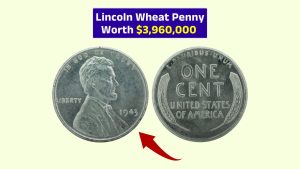Imagine reaching into your pocket and pulling out a penny that looks like every other, only to observe it’s worth nearly $4 million. Sounds like a fantasy, right?
Well, one special Lincoln Wheat Penny sold for a jaw-dropping $3,877,500—making everyday change something worth a second look. These coins aren’t just historical keepsakes; they might just change your life.
Origins
The Lincoln Wheat Penny, first struck in 1909, was a big deal for U.S. coinage. It marked the first time a real person—President Abraham Lincoln—was featured on a U.S. coin.
Designed by Victor David Brenner, the coin’s front displays Lincoln’s portrait, while the back features two wheat stalks representing prosperity. These coins were minted until 1958 and became icons of American culture and coin collecting.
Rarity
Now, here’s where things get exciting. Not all Wheat Pennies are worth more than face value, but certain ones are absolute goldmines. One of the most legendary is the 1943 Bronze Wheat Penny.
During World War II, copper was needed for the war, so the U.S. Mint made pennies out of steel that year. But a few bronze planchets—blanks meant for earlier years—accidentally slipped into the presses. The result? A rare mistake that collectors go crazy for.
Only a few 1943 Bronze Pennies are known to exist. In pristine condition, one sold for an astonishing 3,877,500 dollars in a private sale. That’s more than most homes!
Here’s a quick breakdown:
| Rare Penny Type | Estimated Value |
|---|---|
| 1909-S VDB | $700 to $2,000+ |
| 1914-D | $300 to $3,000+ |
| 1922 No D | $500 to $6,000+ |
| 1943 Bronze | Up to $3,877,500 |
Finding
Believe it or not, these pennies are still floating around. You could literally find one in your couch cushions or piggy bank. While rare, they haven’t all been scooped up by collectors just yet. There are stories of lucky finds in pocket change or inherited coin jars.
Collectors recommend checking any pennies from 1909 to 1958. Even the more common ones in excellent condition can fetch a few bucks. But spotting a rare date or error? That’s where the jackpot lies.
Clues
So, how can you tell if your Lincoln Wheat Penny is something special? Here’s what to look for:
- Date and Mint Mark: Big years include 1909-S VDB, 1914-D, and 1943 bronze. Mint marks like “S” (San Francisco) and “D” (Denver) matter.
- Metal Test: Try a magnet. If your 1943 penny sticks, it’s steel. If not, it could be the ultra-rare bronze.
- Errors and Oddities: Coins with doubled dies, missing letters, or off-center designs are worth more.
- Condition: Coins in mint or near-mint condition fetch much higher prices.
Appeal
So why does this penny have such a cult following? Beyond the money, it’s about history. The Lincoln Wheat Penny has survived world wars, economic collapses, and cultural shifts. It’s a small copper time capsule that represents resilience, change, and American legacy.
Plus, the idea that life-changing money might be hiding in your junk drawer? That’s irresistible.
Whether you’re a dedicated numismatist or someone who just likes to keep their change, it’s worth taking a moment to inspect your pennies. You never know—one humble coin could turn your fortune upside down.
So next time you hear that “clink” in your pocket, pay attention. That sound might just be the ring of opportunity.
FAQs
What is a 1943 Bronze Penny worth?
It can be worth up to $3,877,500 depending on condition.
How do I know if my penny is bronze?
Use a magnet—bronze doesn’t stick, steel does.
Which Lincoln Penny is rarest?
The 1943 Bronze Wheat Penny is the rarest.
Can I find valuable pennies in circulation?
Yes, rare Wheat Pennies still occasionally turn up.
What does ‘VDB’ mean on a penny?
It’s the initials of designer Victor David Brenner.



